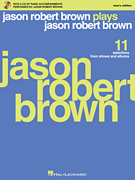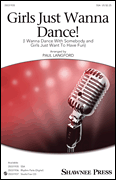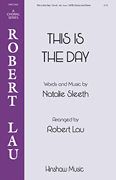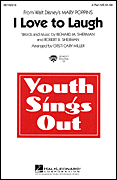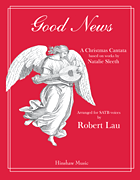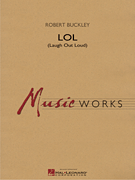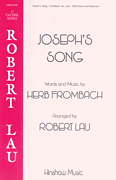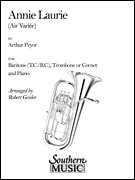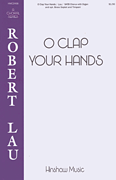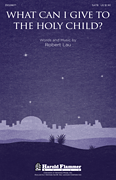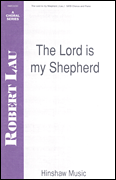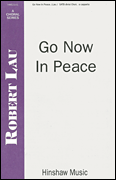Search Results for: “Robert Lau”
Loading...
Time After Time View 176 Products
All Through The Night View 152 Products
All Glory, Laud And Honor View 115 Products
Lullaby View 107 Products
Girls Just Want To Have Fun View 67 Products
Sonata View 62 Products
Immortal, Invisible View 59 Products
Lovesong View 33 Products
Just Like Heaven View 14 Products
The Vagabond View 12 Products
Boys Don't Cry View 11 Products
Send Us Emmanuel View 7 Products
I Love To Laugh View 6 Products
Think On These Things View 6 Products
The Walk View 6 Products
Ex-Factor View 5 Products
One Word View 5 Products
One Step At A Time View 3 Products
Caterpillar View 3 Products
Fascination Street View 2 Products
Pictures Of You View 2 Products
Let's Go To Bed View 2 Products
What Can I Give To The Holy Child? View 1 Product
Lol (Laugh Out Loud) View 1 Product

